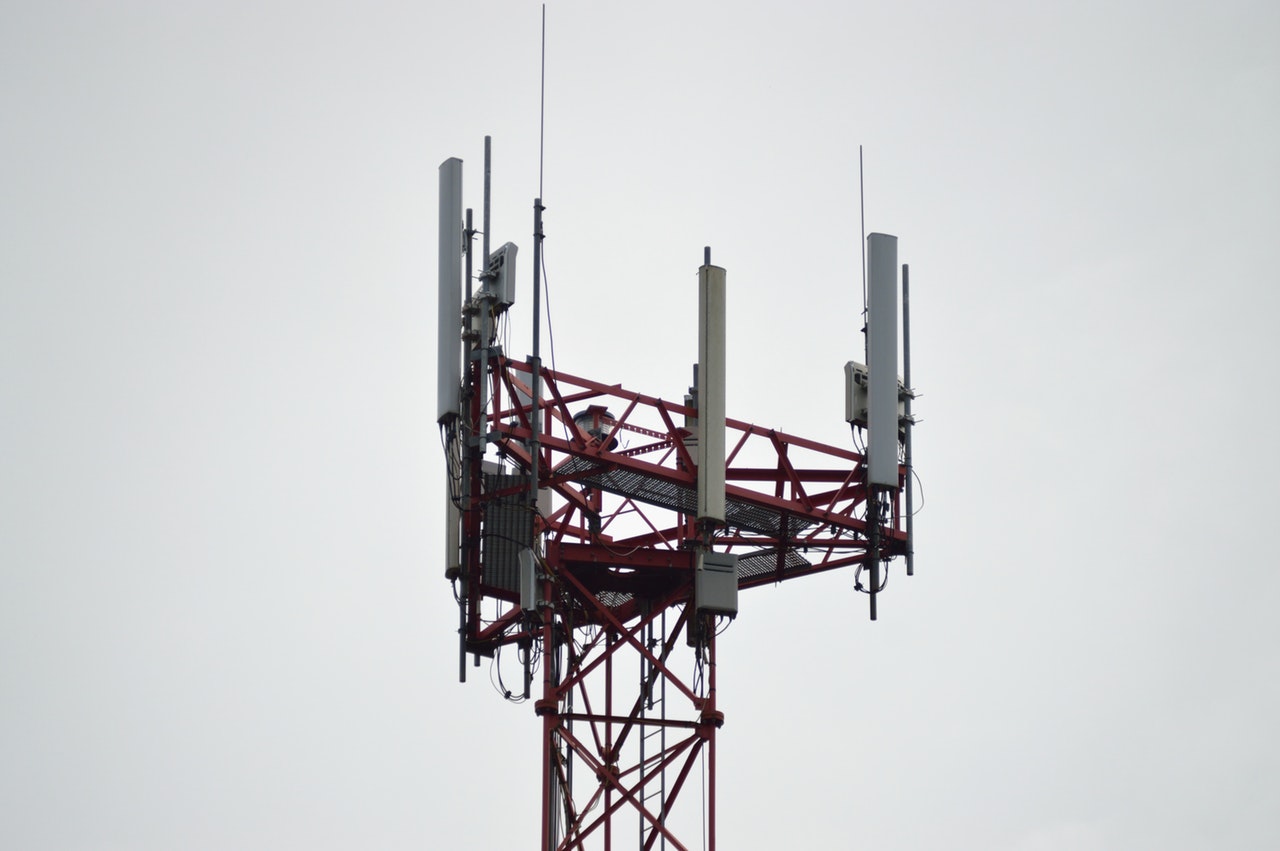What is the safest distance from the 5G cell Tower system?

If you've ever been through a town, you may have seen tiny mini 5G cell towers on the poles of street lights. They look like small boxes, but they're actually broadcasting wireless signals from mobile providers to your phone.
These smaller towers are replacing larger, purpose-built cell towers. While they're not as noticeable but they can still cause problems for people.
It is the of the FCC's Radiation Exposure Thresholds
The FCC's Radiation Exposure Thresholds define the safe limit at which a person can be exposed to electromagnetic energy generated by wireless devices. The limits for exposure are based on research which show that the energy of RF can be harmful to health.
The rate of absorption called the specific absorption rate (SAR) is a measure of the radiofrequency energy that is taken up by tissues. It's typically 1.6 milliwatts per kilogram calculated over one Gram of tissue.
Since 5g is able to transmit at higher frequencies and has the potential to create more energy on the skin and other exposed body parts. This could result in a wide range of potential harms, including exacerbated formation of skin disorders like dermatitis, skin cancer and cataracts.

Due to the potential for negative effects of 5G radiation, PSU has chosen to set a general localized limits on power density, which is 4mW/cm2 based on the average across 1 centimeter, but not exceeding 30 minutes for all 5G services at 3000 GHz. This limit for localization is in line with the highest spatial-average SAR of 1.6 W/kg, averaged over one grams of tissues at six GHz.
The FCC's Maximum Exposure Thresholds
If you've ever operated a cell phone, you probably know that the safest distance from the tower should be at least 400 meters. This is due to the power of the transmission of a cell tower increases dramatically the further away the tower is.
While this sounds like a good idea, the reality is that people who live close to towers might be more prone to health issues. For instance, a study conducted in 2014 in India discovered that those who lived within 50 meters of cell towers experienced significant more health issues than those living further away from the antennas.
However, this study also revealed that those who relocated into areas farther away from cell towers noticed their symptoms improve within a couple of days. Studies have also demonstrated that exposure to extreme frequencies of radiofrequency electromagnetic fields (EMFs) can cause brain tumors, cancers, and other health problems.
This is because RF radiation, which is utilized in wireless communications, may penetrate the human body's outer layer of skin. It is crucial to know since the skin functions as a protective barrier against injury to the body, infection caused by pathogenic microorganisms and infiltration of toxic substances. safe distance to live from cell phone tower is the most important organ of the human body. It is responsible for keeping the integrity of the other organs.
The FCC's Minimum Exposure Thresholds for the Minimum Exposure
The FCC's Minimum Exposure Thresholds are based on numerous assumptions that are not supported by evidence from science. They include the false belief that exposures to RF radiation are safe due to minimal penetration into the body (i.e. the heating of tissues).
This assumption does not take into account the deeper penetration of the ELF elements of modulated radio signals and the effects on the body of short bursts generated by RF waves that are pulsed. These theories are not compatible with the current understanding of biological consequences of RF radiation, and thus they shouldn't be considered for health protection exposure standards.
Furthermore, the ICNIRP and FCC are limiting their maximum radiation limits for local peak SARs, based on the peak frequency of absorption (psSAR) which is not a sufficient dosimetric tool for determining the level of exposure to RF radiation. Particularly, psSAR is inaccurate for frequencies that exceed 6 GHz. Furthermore, psSAR has not been tested for https://note1s.com/notes/MZ27A94 exposed to other agents of the environment such as sunlight. In the event of interactions, RF radiation with other environmental agents could result in antagonistic or synergistic effects. https://notes.io/qNmkH would result in an increased risk of negative health adverse effects. For instance, exposure to RF radiation and sunlight could raise the chance of skin cancer, and may also exacerbate other skin diseases such as acne.
